The Ministry of Defence has announced that British aircraft have killed more than a thousand Islamic State fighters in Iraq and Syria.
While military operations are never without risk to civilians, UK forces strive for the highest level of accuracy. That is why the RAF uses precise, low collateral weapons systems supported by thorough intelligence. There have been no civilian casualties attributed to the Royal Air Force.
Estimates by group Airwars suggest that at least 1,500 civilians have been killed in air strikes, but they reiterate that the UK has said it has not caused any civilian casualties.
An MoD spokesperson said:
“We can’t completely eliminate the risk of civilian casualties but we carefully mitigate that risk through strict targeting procedures. The evidence from detailed assessments of each strike is that we’ve avoided any civilian casualties so far in this conflict. That includes additional investigation of any allegations made by airwars, where sufficient information is provided. In a handful of cases, the information provided has simply been too vague to determine where the alleged events took place.”
Defence Secretary Michael Fallon said:
“Islamic State is firmly on the back foot. RAF jets are hitting them hard, driving them back and helping local forces recapture territory.”
Over 3,000 armed sorties have now been flown since operations started in 2014.
The claim made by the Ministry of Defence has not been independently verified.
In addition to armed aircraft, the Royal Air Force have deployed Sentinel battlefield surveillance aircraft, Sentry AEW&C aircraft, Voyager tanker aircraft, Atlas, Globemaster and Hercules transport aircraft in addition to RC-135W Airseeker reconnaissance aircraft and other platforms.
Operation Shader is the operational code name given to the British participation in the ongoing military intervention against the Islamic State. The operation began in Iraq on the 26th of September 2014, following a formal request for assistance by the Iraqi government.
Prior to this, the Royal Air Force had been engaged in a humanitarian relief effort over Mount Sinjar, which involved multiple aid airdrops by transport aircraft and the airlifting of displaced refugees.
By October 2014, the intervention had extended onto Syria with the Royal Air Force only mandated to conduct surveillance flights over the country.
In December 2015, the House of Commons approved British airstrikes against IS in Syria. The UK is one of several countries directly involved in the ongoing Syrian conflict that started in March 2011, utilising Tornado, Typhoon and Reaper aircraft.
In June 2016, the Ministry of Defence had announced that over 1,000 personnel were engaged in theatre and that the Royal Air Force had conducted around 900 airstrikes, flying over 2,200 sorties, killing almost 1,000 Islamic State fighters.
Now at 1,000 airstrikes and 3,000, this number continues to climb daily.
The United Kingdom is also responsible for almost half of all coalition surveillance flights over Iraq and Syria, with the Tornado jets RAPTOR reconnaissance pod accounting for 60% of the coalition’s entire tactical reconnaissance in Iraq alone.
What is the current status of the air campaign?
In December 2016, it was reported that the Royal Air Force is operating at its most intense for 25 years in a single theatre of operation which far outstripped the UK involvement in Iraq and Afghanistan – RAF jets have dropped 11 times more bombs (1,276 strikes) on Syria and Iraq in the preceding 12 months than they had in the busiest year of action in Afghanistan a decade previously.
The cost of the operations against Islamic State and other details of the campaign were revealed in a briefing paper. In March 2015 the MoD confirmed that the net additional costs of the military air operation would be met from the Treasury Special Reserve; while the costs of training and equipping the Iraqi and Kurdish security forces, and the provision of key enablers, would be met from the MOD’s Deployed Military Activity Pool (DMAP).
In answer to a parliamentary question in September 2016 the MoD set the costs of the operation, between August 2014 and the 31st of March 2016, at £265 million (£45 million in the 2014-15 financial year, and £220 million in the 2015-16 financial year).


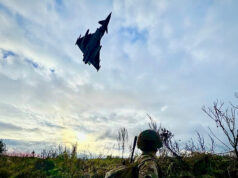
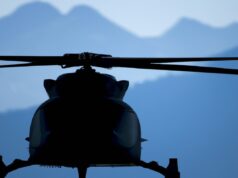
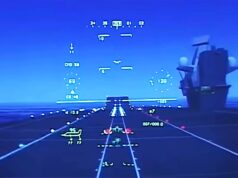
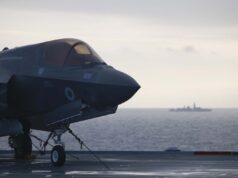

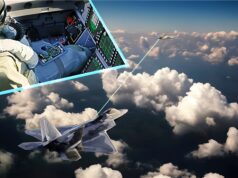
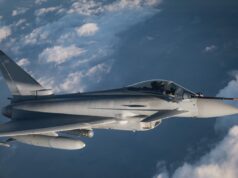
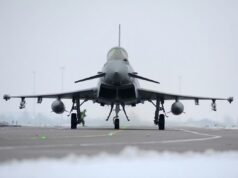
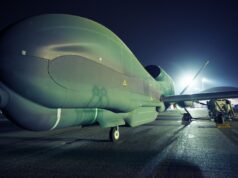


The rest of Europe is nowhere compared to the British in these operations.
Isn’t this an old story?
Why yes…. yes it is!
From a year ago:
https://ukdefencejournal.org.uk/british-strikes-kill-1000-islamic-state-no-civilians/
why dig this up again?
The EU are a sad joke for allies. Too interested in their champagne receptions and grotesque corruption then fighting for and defending democracy and freedom.
except France who are probably doing as much as we are?
We suddenly see the French as this great military partner. I don’t see it. They were recalcitrant about NATO participation during the Cold War. They denied airspace to the F111 strike on Libya. Their engineers stayed in Argentina supporting the FAA during the Falklands. In desert storm, their main role was reconnaissance. Their contributions in Afghanistan, Africa and Syria have been minimal. I’d lump them squarely with the bulk of our EU “allies”. If push came to shove, it’s the Americans, Aussies, Norwegians, Poles and Dutch that I’d count on.
And the Danish.
Hi Nick,
I am a Francophile but you are mostly right about the French. They were and remain ‘French First’ long before ‘America First’.
That there are a number of fine collaborative projects for us to engage with doesn’t great military partners make.
Hello Ian. I agree with you.